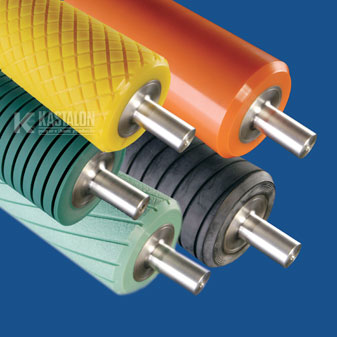In 1987 society was introduced to a relatively new term called Ergonomics. By definition, the new buzz word means “The study of workplace equipment design or how to arrange and design devices, machines, or workspace so that people and things interact safely and most efficiently.” Countless organizations were formed and research groups began delving into the cause, effect and corrective action required to reduce the occupational injuries associated with the work environment.
As a result of studies and analysis done in the workplace, jobs have been made more efficient, less fatiguing and safer for the employee. OSHA has established a comprehensive strategy and has written a protocol for Developing Industry and Task Specific Ergonomic Guidelines published in June of 2004.
As we continue to search for ways to recognize and control potential hazards in the work place, nearly twenty years later, the newest safety concern to be brought to the forefront is Noise in the Workplace. Noise is often overlooked as a key “ergonomic” element in the workplace, however, the National Hearing Conservation Association has proven otherwise and has formed an alliance with OSHA to develop a hearing conservation programs that can be adopted by industry.
Studies have proven that excessive noise can cause lasting damage to hearing and can be considered dangerous if an employee is exposed to sound levels of 85 decibels or more for prolonged periods. Further, occupational noise has been written into General Industry Safety Orders for many states and has been named to the top 10 OSHA citation list with fines totaling over $206,000 in 2002.
According to OSHA’s 1981 estimates, at least one million workers in manufacturing and utilities had sustained occupational hearing impairments greater than OSHA’s definition of hearing handicap.
Unfortunately, although loss of hearing is the second highest self-reported workplace injury or illness in the United States, it is considered to be 100% preventable.
As automation continues to revolutionize industry, more and more facilities have integrated a material handling conveying system into their work flow in order to move product more efficiently. A conveying system not only brings an efficiency factor but adds an additional noise factor, as well. In conveying environments noise is created by not only the machinery itself, but also the product being conveyed across the belt or metal rollers. In addition, noise can be accentuated by conveying systems being operated at higher speeds.
According to a report published by the Conveyor Product Section of the Material Handling Industry “The primary goal should always be to reduce noise at its source.”
Different conveyor designs create different noise issues to be dealt with. For example Roller tube ringing is a common source of noise in roller based conveying systems. By covering metal rollers with Kastalon Koat-A-Roll® polyurethane conveyor roller sleeves , the roller surface is transformed to a non-marking, shock-absorbing, rugged “slip-on” polyurethane coated conveyor roller. Product is now transported across the urethane material and does not come in contact with the metal roller. Independent field tests have found that simple addition of polyurethane sleeves results in an impressive reduction in operating noise measuring 7-10 decibels.
Benefits of Koat-A-Roll®
Utilizing innovative components such as Koat-A-Roll® conveyor roller sleeves, legacy systems can be retrofitted in the field with inexpensive non-marking, rugged “slip-on” polyurethane roller covers. The value is not only limited to immediate reduction in noise, but the cost effectiveness becomes even more substantial when considering the greater friction and longer component life that is achieved.
For more information about Kastalon Polyurethane Products, visit www.kastalon.com or contact their client relations staff at 800-527-8566.

